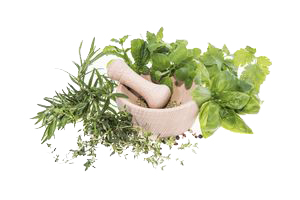European bilberry / Vaccinium myrtillus
This is a perennial low deciduous shrub from the Cowberry family, 15-40 cm high. The berries are spherical, black, with a bluish bloom. They ripen in July-August, do not ripen immediately, due to the non-simultaneity of flowering. The pulp is juicy, reddish-purple, with numerous seeds, contains tannins, organic acids, vitamins A, C and group B.
Blueberries grow on moist, light soils, feel great under the canopy of trees. It can also grow in the sun, but only in the presence of a large amount of moisture in the soil and air.
When growing from seeds, blueberries are sown superficially in a container with peat, constantly moistened from a sprayer. Seedlings appear after 14 days. A year later, the seedlings are planted in a permanent place in the garden. To do this, planting pits are made at a distance of 0.7-1 m and filled with a mixture of coniferous and leafy soil, fine gravel and coarse fibrous peat in a ratio of 1:2:1:3.
Add 20 grams of nitrogen and 15 grams of phosphate and potash fertilizers. At the bottom, drainage is made 5-10 cm thick from coniferous branches and large sawdust. In nature, blueberries grow exclusively on acidic soils, so they have to be constantly watered with acidified water (0.1 g of concentrated sulfuric acid is dissolved in 10 liters of water).
In early spring and during the period of active growth of shoots, phosphorus-potassium fertilizers are applied. The plant is cold hardy.
Common names bilberry, blaeberry, wimberry, and whortleberry.

No questions about this product, be the first and ask your question.








